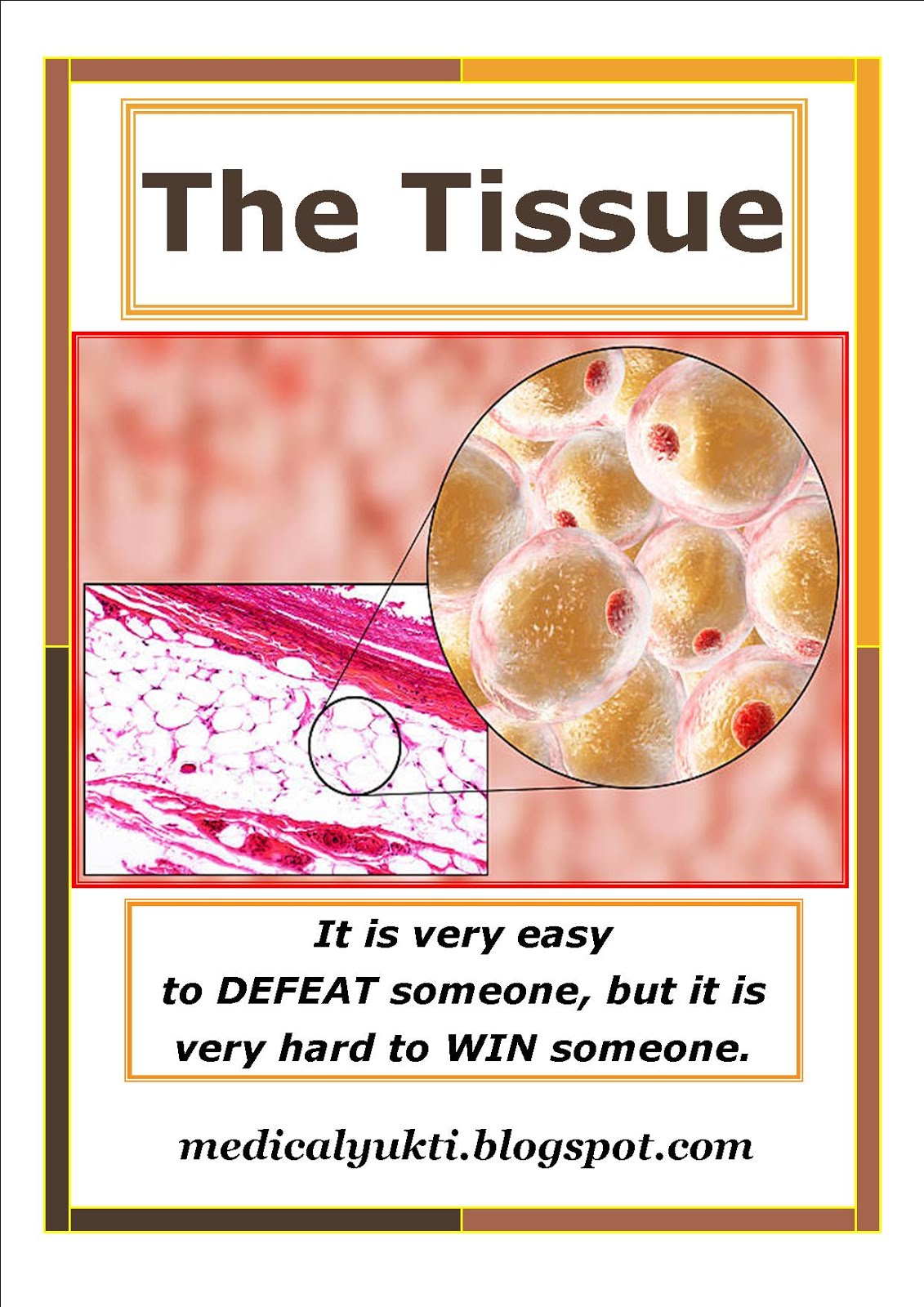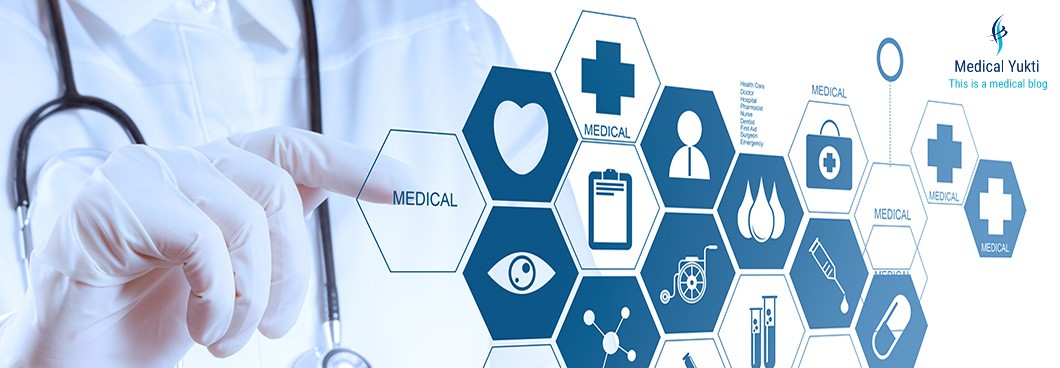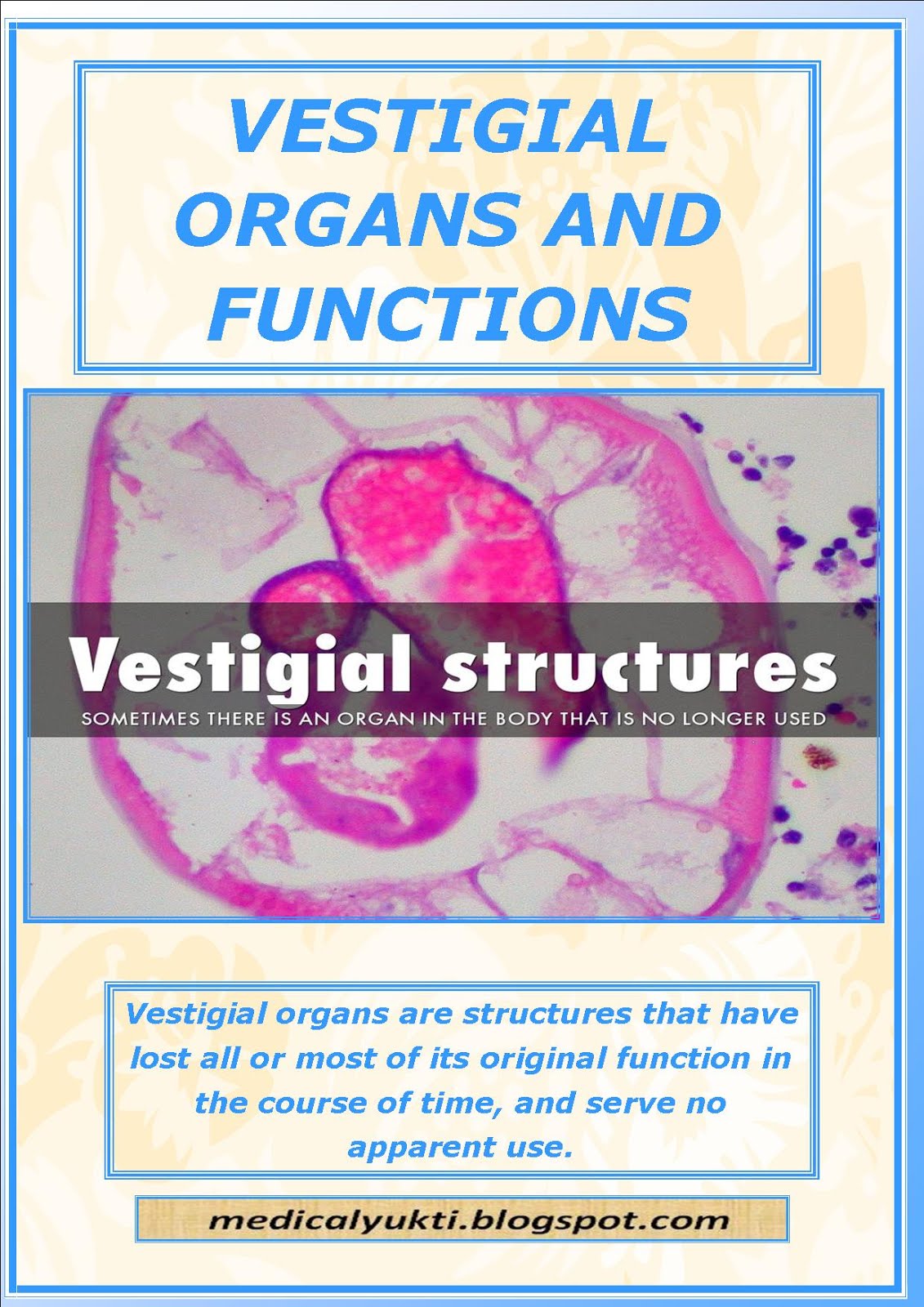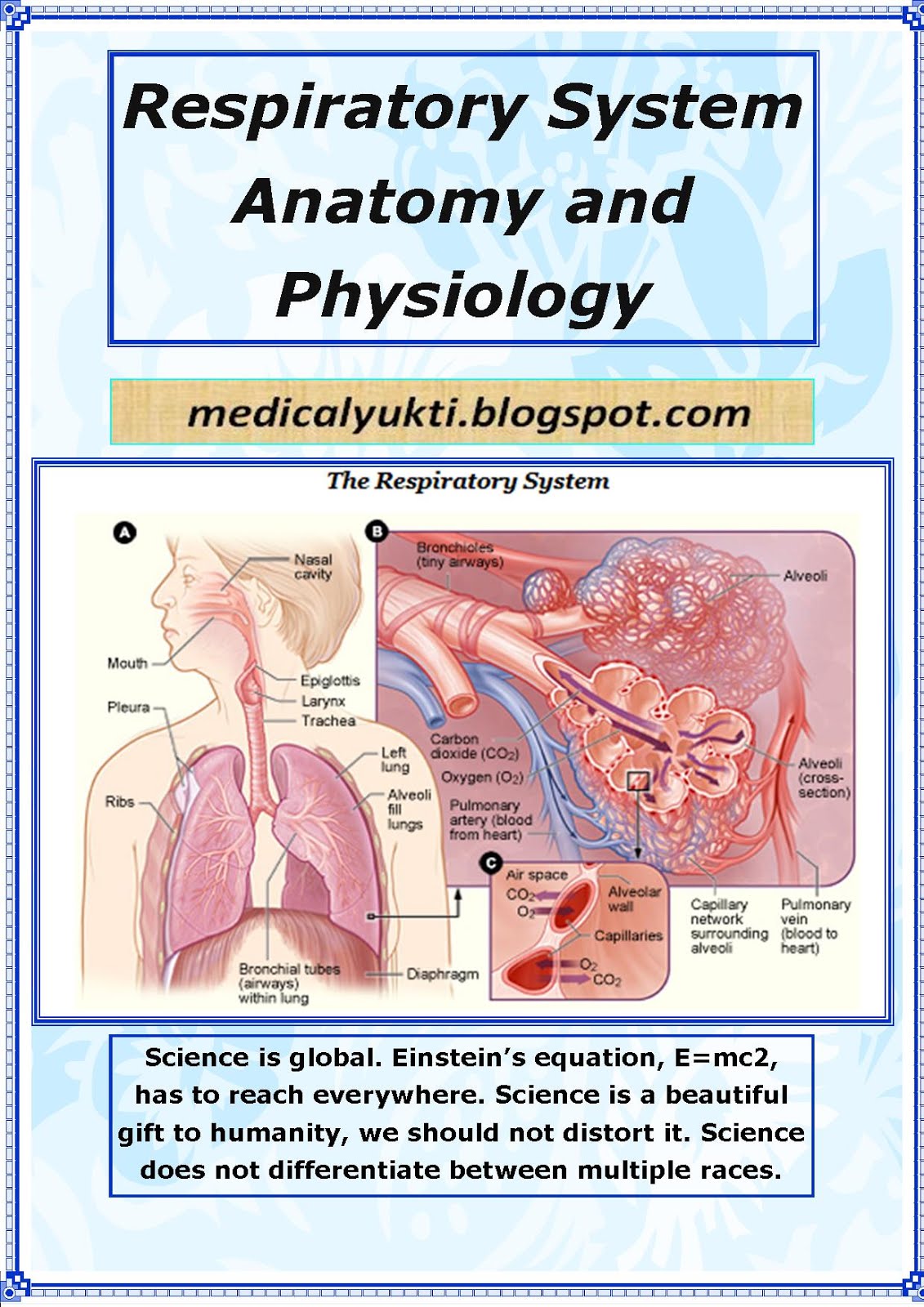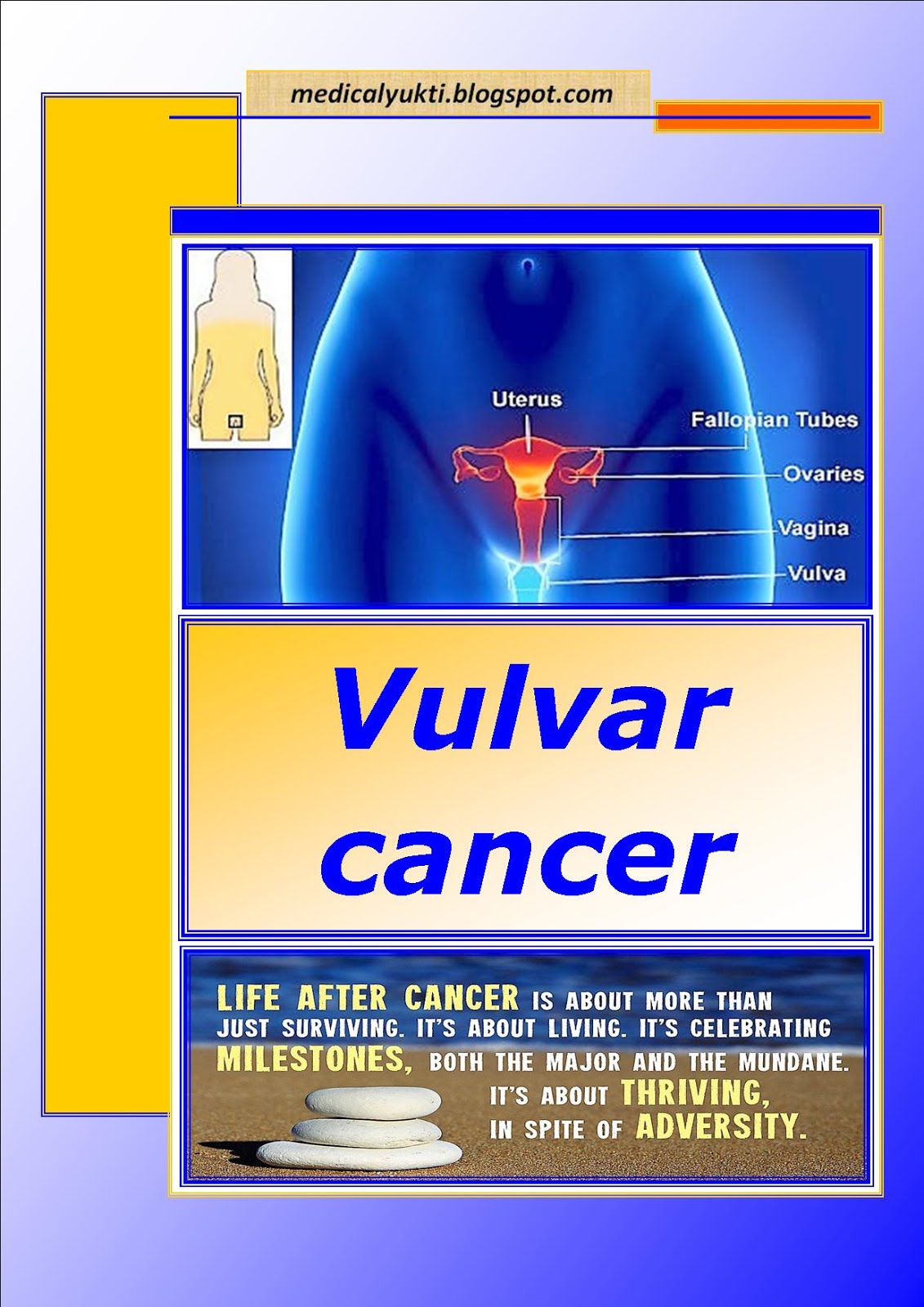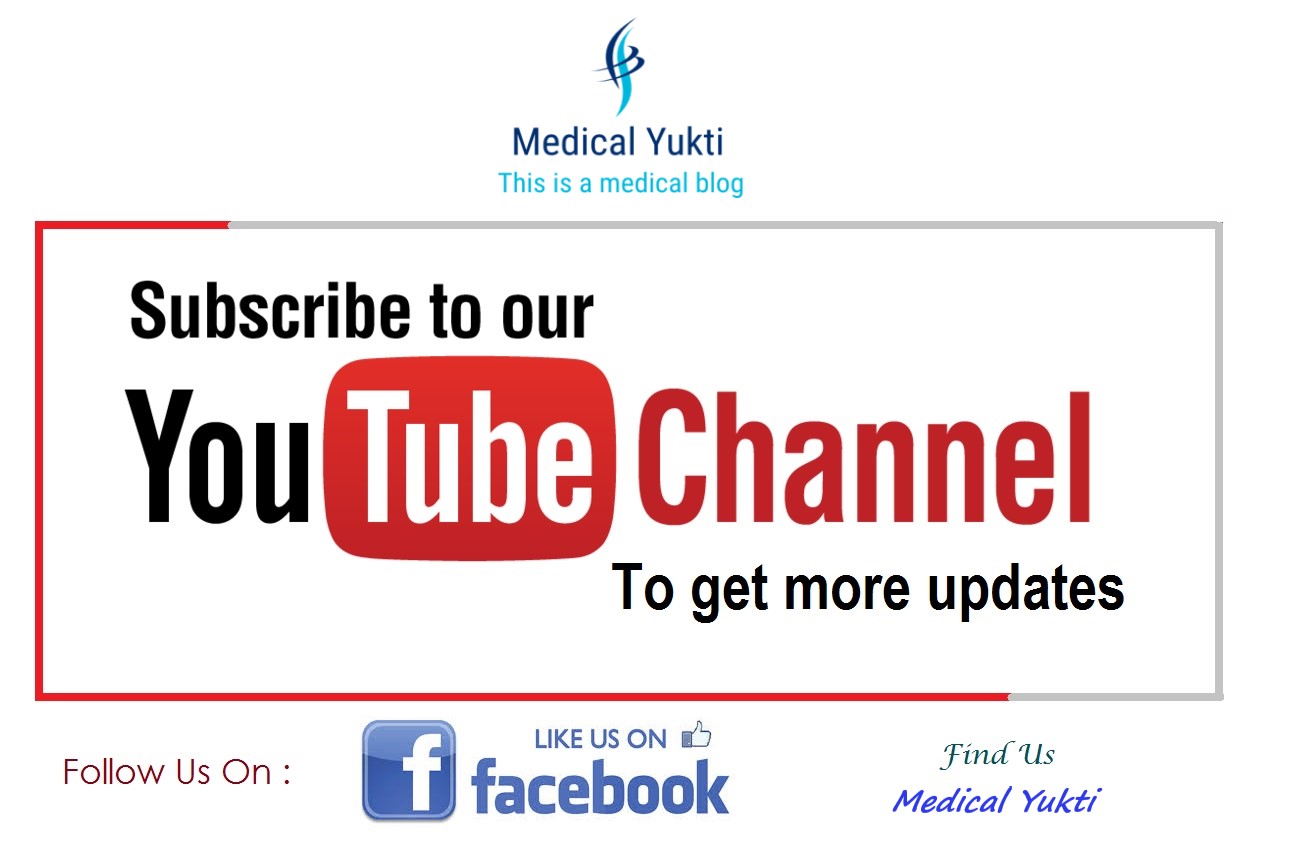Top 7 Psychological/Psychiatric Emergencies and Their Prevention
Psychiatric emergencies are an area little-known by the general population, which is very well dealt with -and very seriously- by hospital institutions. Unlike organic emergencies, when it comes to the mind the consequences can be lethal not only for those who suffer it but also for the people around them.
It is difficult to address these issues with family because there is a stigma and lack of culture when it comes to psychiatric disorders. Many are afraid, so they do not want to talk about it with their family; however, this is the worst mistake. Let’s talk about the most frequent emergencies:
Suicide statistics have risen in the last decade to unthinkable levels. It is a serious problem that often occupies emergency rooms.
It is easy to “guess” what kind of patient may or may not be suicidal. Not just the way he acts or thinks, but also the way he looks. The most important thing is to learn to recognize these characteristics that are called risk factors.
The most frequent are isolation, feelings of deep sadness, inability to maintain social relationships, psychological stress (loss of a job, relationship, etc.), alcohol and substance abuse.
The prevalence of depression is also high, especially in women. The worst part is that only half of patients with this disorder have adequate treatment.
The worst thing is to underestimate the capacity of depression and its symptoms. Deep sadness, apathy, loss of interest, appetite and sleep disorders are some of the most frequent manifestations.
Depression can lead to suicide, but also to lethal behaviors on people close to you. In addition, it leads to chronic organic damage, so it can be lethal.
Diagnosis can be complicated because the patient may be showing symptoms of other diseases. However, most often there is a triggering phobia (an exaggerated and unreal fear) and many physical symptoms such as tachycardia, headache, profuse sweating, chest pain, etc.
The central problem of acute psychosis is the disconnection with reality; however, the patient may enter two different states of exacerbation: mania and depression. Either of the two poses an enormous risk to the health of the patient and his or her family since it can enter into aggressive crises with hallucinations that force the patient to “attack”.
- Psycho pharmaco-toxicology
The drugs used in psychiatry are very different from conventional ones. They have powerful adverse effects that are difficult to control. The doctors’ thinking is: “Better with these side effects than with the base pathology”. However, it may involve the death of the patient (from myocardial infarctions) or suicidal behaviors.
Sometimes there is an organic alteration in the brain that causes psychiatric symptoms with alterations in psychomotor behavior. They usually have major cognitive disorders, so they end up reacting aggressively to anything that passes through their environment.
Although the exacerbations are ” temporary “, the ability to self-injury and injure others is quite high.
The psychiatric emergency also includes those patients who are not ill but who – consciously or unconsciously – manifest symptoms. They may have a very high fever, severe dyspnea, or even a feeling of imminent death from a heart attack, although organically nothing is happening, everything is in the mind.
How to prevent mental health?
The most important thing will always be to be informed. Learn about what’s in the world and don’t underestimate anything we see daily. Mental Health is the most ignored area of medicine, and perhaps the most important of all.
Having good mental health helps you recover faster, get out of the hospital faster, get sick less, etc. There are many benefits presented by science. The ideal in prevention is to perform the “primary” mode that tries to prevent the onset of any psychiatric disease since for most of them there is no cure but “control” therapies.









